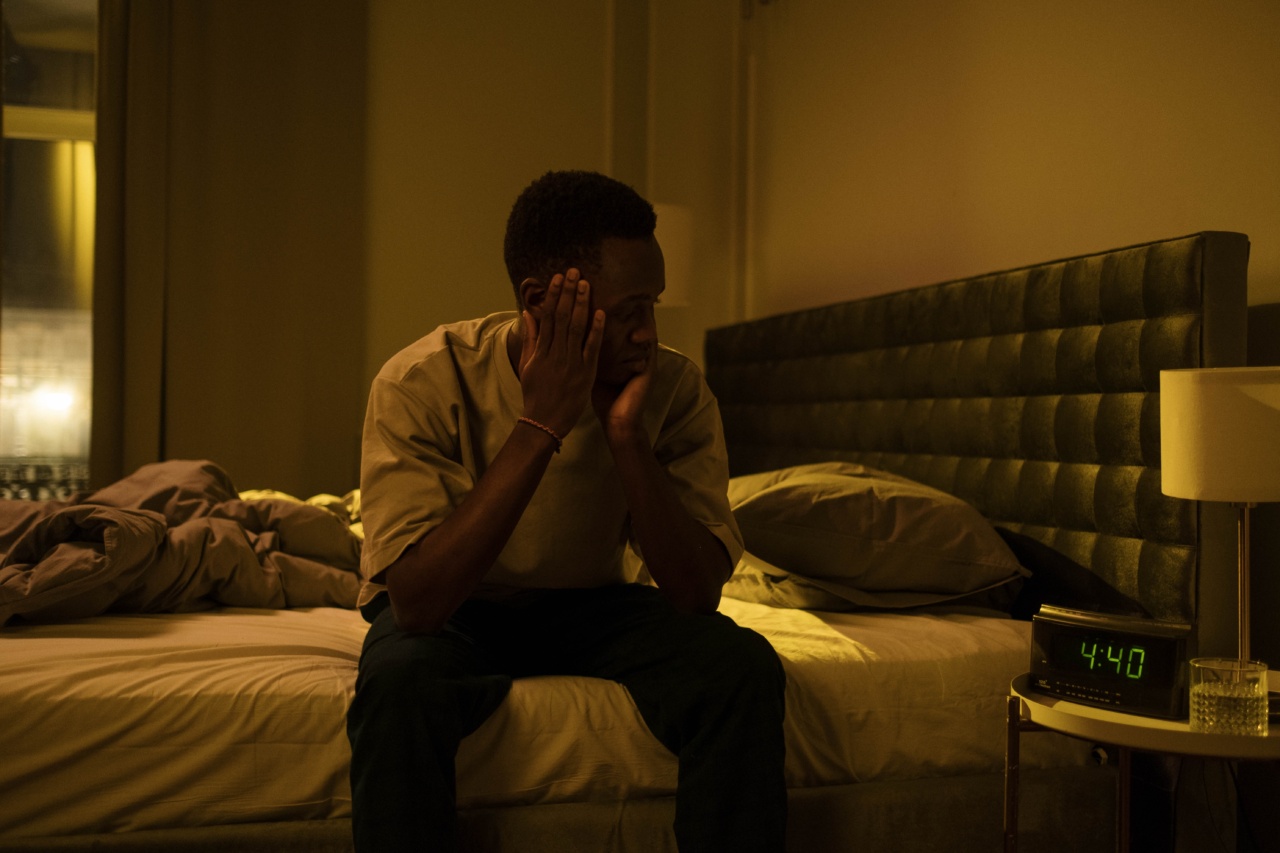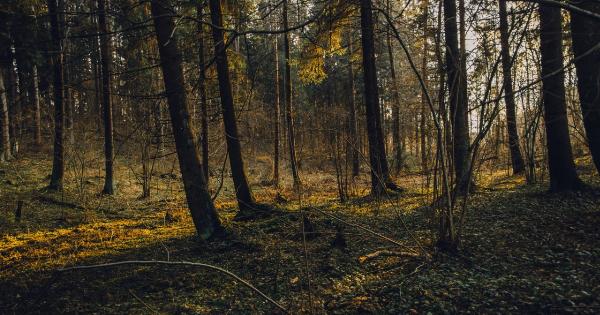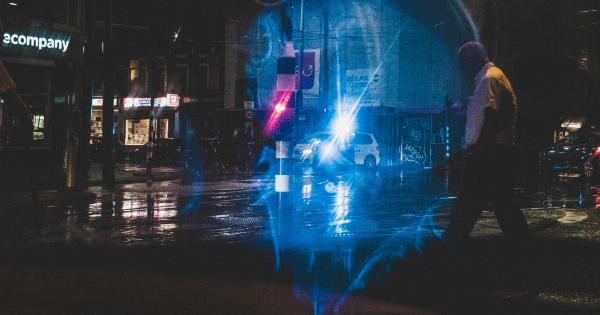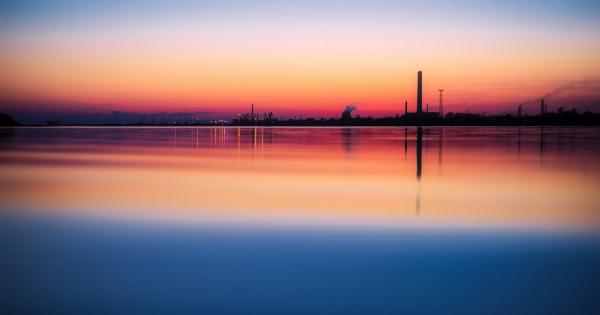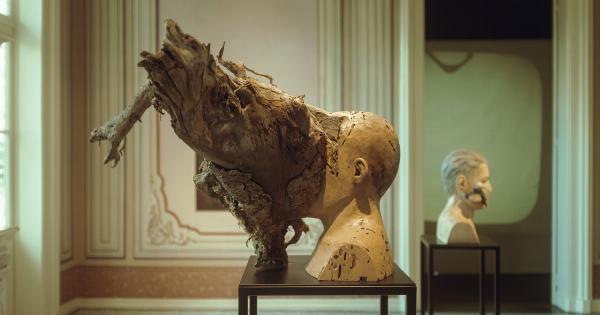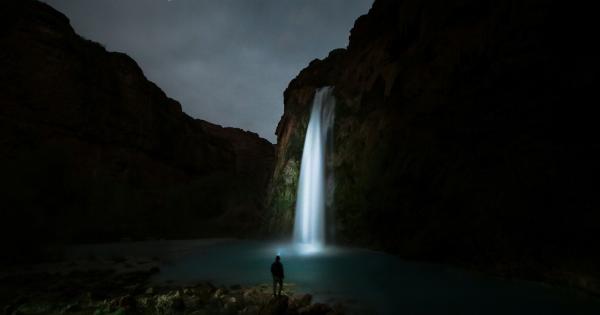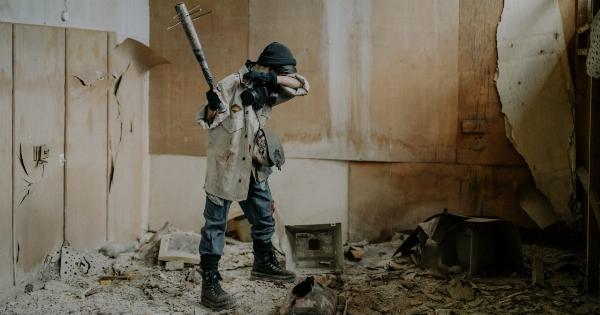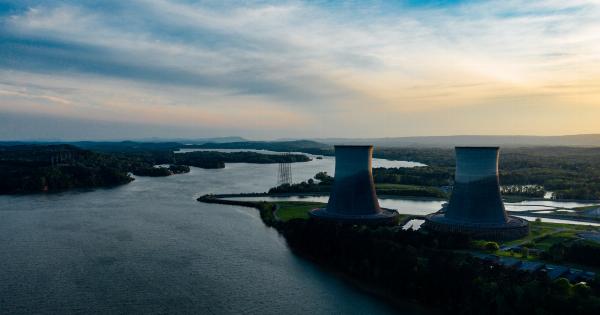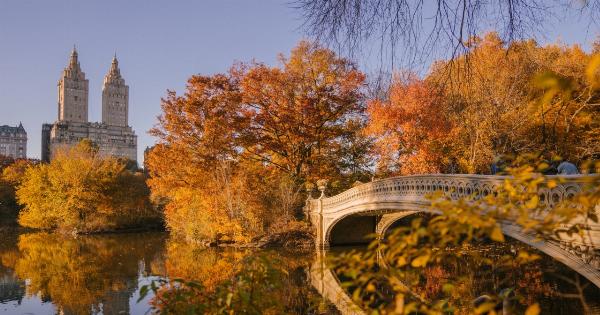For centuries, people have contemplated the meaning of the phrase, “it’s always darkest before dawn.” Figuratively, it means that before something positive happens, there is often a period of intense difficulty or despair.
However, quite literally, the night can often seem its darkest at a specific time. In this article, we’ll explore what causes this phenomenon and reveal when the night seems darkest.
The Effects of Light Pollution
One of the primary factors that affects the brightness of the night sky is light pollution. This term refers to the excessive or artificial light that interferes with our ability to see the stars.
Light pollution has many causes, including streetlights, car headlights, and even commercial buildings.
Unfortunately, the prevalence of light pollution has made it increasingly difficult to experience a truly dark night sky. In many cities, the stars are barely visible at all. Even in rural areas, the sky can still be affected by distant light sources.
The Moon’s Phases
Another factor that affects the brightness of nighttime is the phase of the moon. The closer the moon is to being full, the brighter the night sky will be. Conversely, when the moon is new, the sky will be much darker.
Of course, the phases of the moon also change throughout the month. You may have noticed that the sky seems much brighter during the first night of a full moon than it does on the third or fourth night.
This is because the moon gets higher in the sky each night, which means that it illuminates more of the surrounding landscape.
The Role of Weather Conditions
The final factor that can affect the perceived brightness of the night sky is weather conditions. Specifically, clouds can play a significant role in how bright the sky seems at night.
On a clear night, the stars will be more visible than they would be on a cloudy night.
In addition to affecting the overall brightness of the sky, clouds can also have a role in making the night seem darker at certain times. For example, when there are large clouds overhead, they can block out the light from distant stars.
This can create a sensation of darkness, even if it’s not necessarily darker than it was a few minutes earlier.
When Does the Night Seem Darkest?
Now, with all of these factors in mind, we can answer the question at hand. On a purely technical level, the night is physically darkest during the new moon phase.
At this time, the sky is not affected by the moon’s light, and if weather conditions are favorable, the stars will be visible.
However, on a more subjective level, the night can seem darkest at other times as well. For example, when a person is standing outside in a location with a lot of light pollution, they may perceive the sky to be much darker than it actually is.
Alternatively, if they’re standing in an open field with no light pollution, they may perceive the sky to be much brighter and filled with stars.
Conclusion
The perception of darkness is a complex phenomenon that is influenced by many different factors. Light pollution, the phases of the moon, and weather conditions can all contribute to how bright or dark the night sky appears.
So, to answer the question of when the night seems darkest, it depends on where you are, what phase the moon is in, and what the weather conditions are like.
